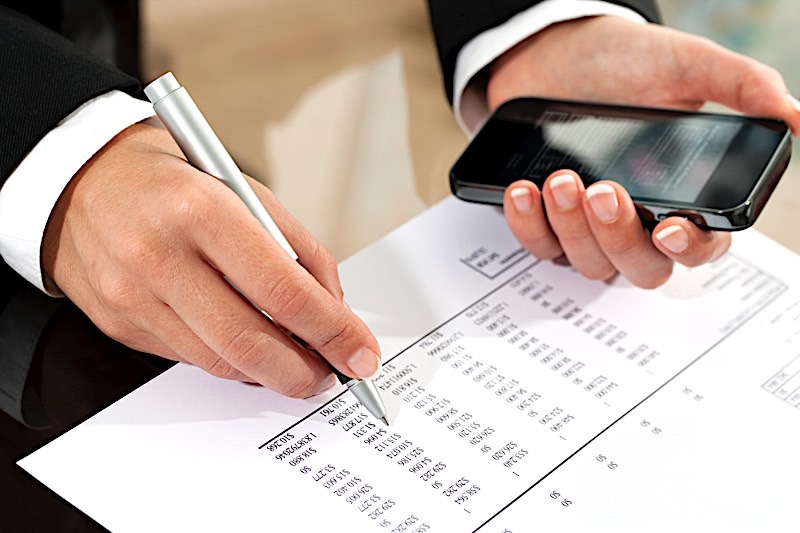Calculating Rental Property Cash Flow
By Than Merrill
In a perfect world, every investor would have access to a rental property cash flow calculator. Determining a property’s potential would, hypothetically, be as simple as plugging in a few numbers and waiting for results. It is worth pointing out, however, that there is no such thing as a rental property cash flow calculator––at least not one that works on a universal level. There are simply too many variables to account for, at least for a single equation to act as a one-size-fits-all solution for every single subject property. As a result, today’s investors are better off familiarizing themselves with what cash flow is, and the individual variables that will pertain to their specific deal. If for nothing else, it’s only once investors have all of the necessary information at their disposal that they’ll be able to calculate their own cash flow accurately.
What Is A Cash Flow Investment Property?
In its simplest form, cash flow is an objective value that represents the amount of cash left over once an investor has accounted for all of their capital expenditures. In other words, cash flow is the amount of money remaining once all of the expenses have been paid; it’s the money a savvy investor will hopefully be able to pocket at the end of the day––emphasis on hopefully. After all, cash flow isn’t guaranteed to be positive. Cash flow can be negative, too, which is why it’s so important to be able to calculate cash flow in a given property.
Those able to accurately calculate rental property cash flow should be given insight into the potential of their property. Not surprisingly, positive cash flow suggests a rental property will be profitable, whereas negative cash flow suggests the asset isn’t making enough money to support itself.
[ Thinking of buying a rental property? Get a FREE downloadable copy of our “Essential Contract Pack For Cashflow Real Estate Investors” ]

How To Calculate Cash Flow
In the event investors are interested in uncovering a property’s potential, they’ll need to determine its cash flow. Fortunately, the process isn’t nearly as difficult as many would assume, nor do you need a magic rental property cash flow calculator to accomplish such a feat.
In reality, calculating cash flow is as simple as subtracting all off your expenses from all of your income. For a slightly more detailed explanation, here’s a rental property cash flow calculator that even new investors can wrap their heads around:
- Add Up The Likely Income Potential: The first thing you’ll need to do is figure out how much you expect to make over the course of a year in rent. Pay special considerations to local comps and determine how much you intend to rent your property for in a given month. Take that number and multiply it by 12, as to account for the entire year’s worth of rent.
- Subtract Expenses: Take that same annual rental income you just calculated and subtract any expenses you expect to incur. Be sure to remove everything from taxes, maintenance costs, and anything else that’ll deduct from your bottom line. The number you end up with will be known as your cash flow (the amount you have left in your possession after expenses have been accounted for).
While not exactly a rental property cash flow calculator, these steps will give you an idea of what a property’s cash flow may look like on an annual basis. It is worth noting, however, that these steps only work for those that mind due diligence. Saying you are going to subtract expenses is one thing; actually doing so accurately is another. There are countless expenses to account for, not the least of which are required for an accurate cash flow calculation. To calculate rental property cash flow with any degree of success, you mustn’t leave any variable out. Property taxes, unexpected repairs, vacancies, holding costs and even marketing expenses are just some of the many costs one will need to account for if they hope to calculate their own home’s cash flow potential.
Below you’ll find a few more tools to help make calculating your rental property income more accurate and easy to manage:
Net Operating Income
Net operating income (NOI), the first of three fundamental pillars used to calculate rental property cash flow, is a fancy name for an important calculation. That said, a property’s net operating income awards investor’s insight into its potential. As a calculation used to analyze real estate investments that generate income, net operating income represents all the revenue of a rental property that is left over after operating expenses are subtracted. It is worth pointing out, however, that NOI is a before-tax figure, and neglects to account for principal and interest payments on borrowed money, capital expenditures, depreciation and amortization. Perhaps even more importantly, the net operating income will help investors calculate the next “tool” on the list: capitalization rate. As you’ll soon learn, the capitalization rate helps determine a property’s value, and helps real estate investors compare properties from a more objective viewpoint.
Capitalization Rate
As I already alluded to, the aforementioned NOI will play an important role in determining a property’s cap rate. To that end, a rental property investor may calculate their own cap rate by dividing the NOI by the current market value of the property in question. The resulting value represents the cap rate, and is best utilized when comparing income-producing properties.
Identifying a property cap rate will provide you with a percentage that can easily be used to compare two or more assets. You see, in boiling down a single property’s potential into a percentage (the cap rate), you can then compare the cap rate of one property to another—even though the two properties are less than similar. Many of today’s investors will use cap rates to differentiate between which income producing properties they should add to their own portfolio.
Cash Flow Summary
On its surface, rental property cash flow is a relatively simple concept to comprehend. However, there are a lot of variables that need to be accounted for in order for the resulting number to benefit an investor. There are a great deal of expenses that must be taken into consideration, and omitting any of them may result in an inaccurate cash flow calculation. To give yourself the best odds of formulating an accurate cash flow, get to know all of the variables you are working with.
Key Takeaways
- There is no such thing as a rental property cash flow calculator, but there are steps you can take to calculate the cash flow of your own investment properties.
- Positive cash flow properties are the ultimate goal every passive income investor should strive for.
- Those that know how to value rental properties will find it easier to calculate their cash flow potential.